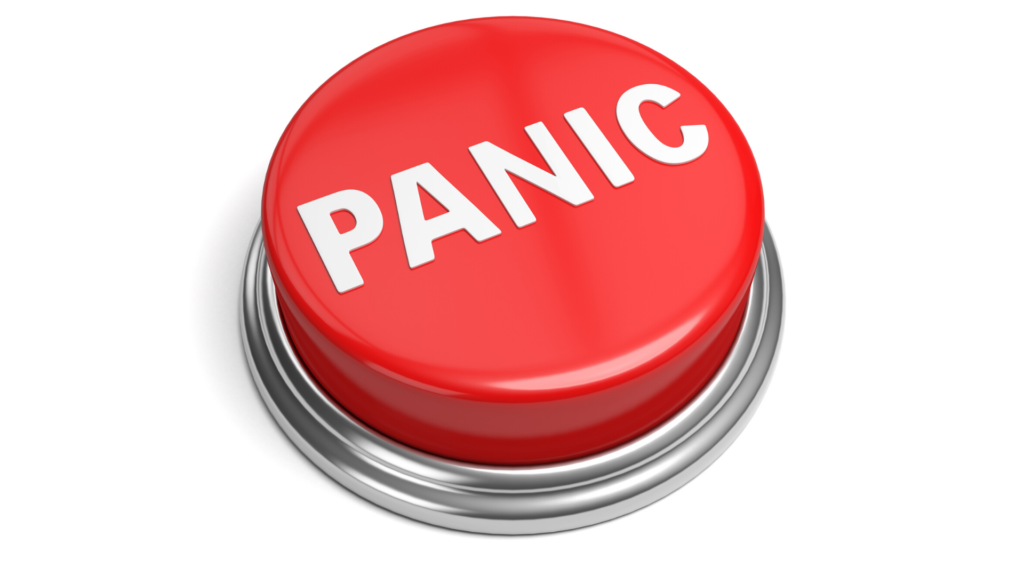Panic Attacks
A Panic Attack is an abrupt surge of intense fear or intense discomfort that reaches a peak within minutes and during which time four (or more) of the following symptoms occur (DSM IV).

- Palpitations, pounding heart, or accelerated heart rate
- Sweating
- Trembling or shaking
- Sensations of shortness of breath, smothering or choking
- Feeling of choking
- Chest pain or discomfort
- Nausea or abdominal distress
- Feeling dizzy, unsteady, light-headed or faint
- Derealisation (feelings of unreality) or depersonalization (feeling detached from oneself
- Fear of losing control or going crazy
- Fear of dying
- Numbness or tingling sensations
- Panic attacks can be caused by or accompanied by hyperventilation.
- Other common symptoms include
- Numbness
- Dry mouth
- Swallowing difficulty
- Sweating
- Fatigue
- Chest pain
- Clammy hands
- Tremors
- Weakness
Panic attacks can occur abruptly from a calm state or an already anxious state. Unexpected panic attacks have no obvious cue or trigger. Expected panic attacks have an identifiable cue or trigger. Some panic attack sufferers also develop Agoraphobia. Some sufferers experience panic attacks frequently while others experience them intermittently.
How I can help you?
Regardless of frequency or severity panic attacks you can learn to prevent them from happening or to control them effectively when they do. One of the keys is to understand the specific underlining mechanisms that contribute to your panic attacks. This knowledge can dramatically reduce or eliminate your symptoms. Panic attacks are also fueled by certain cognitive distortions (core beliefs). It is vital that you identify these and see them for what they are. Another vital key is to learn effective strategies to prevent them or control them quickly.